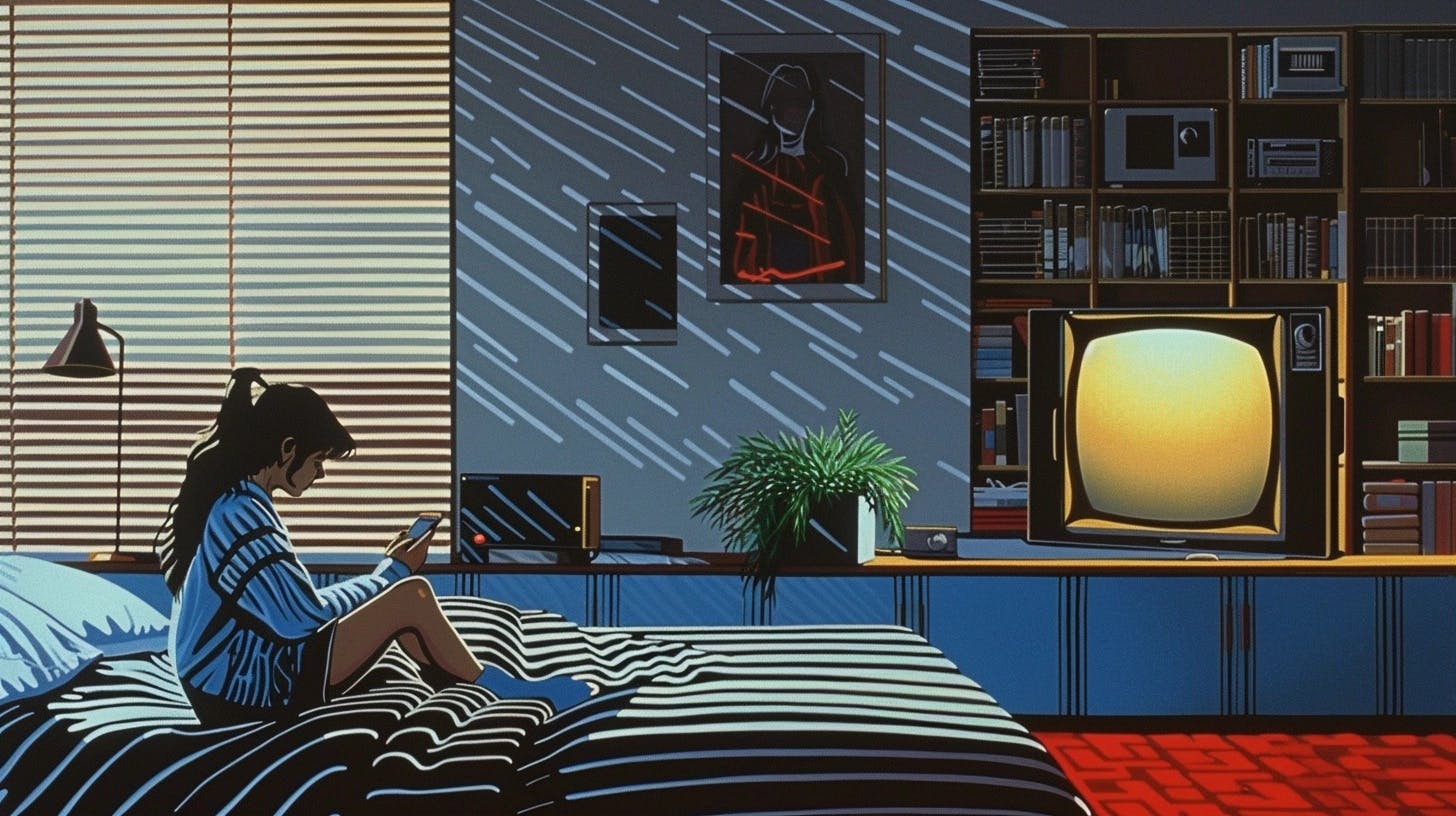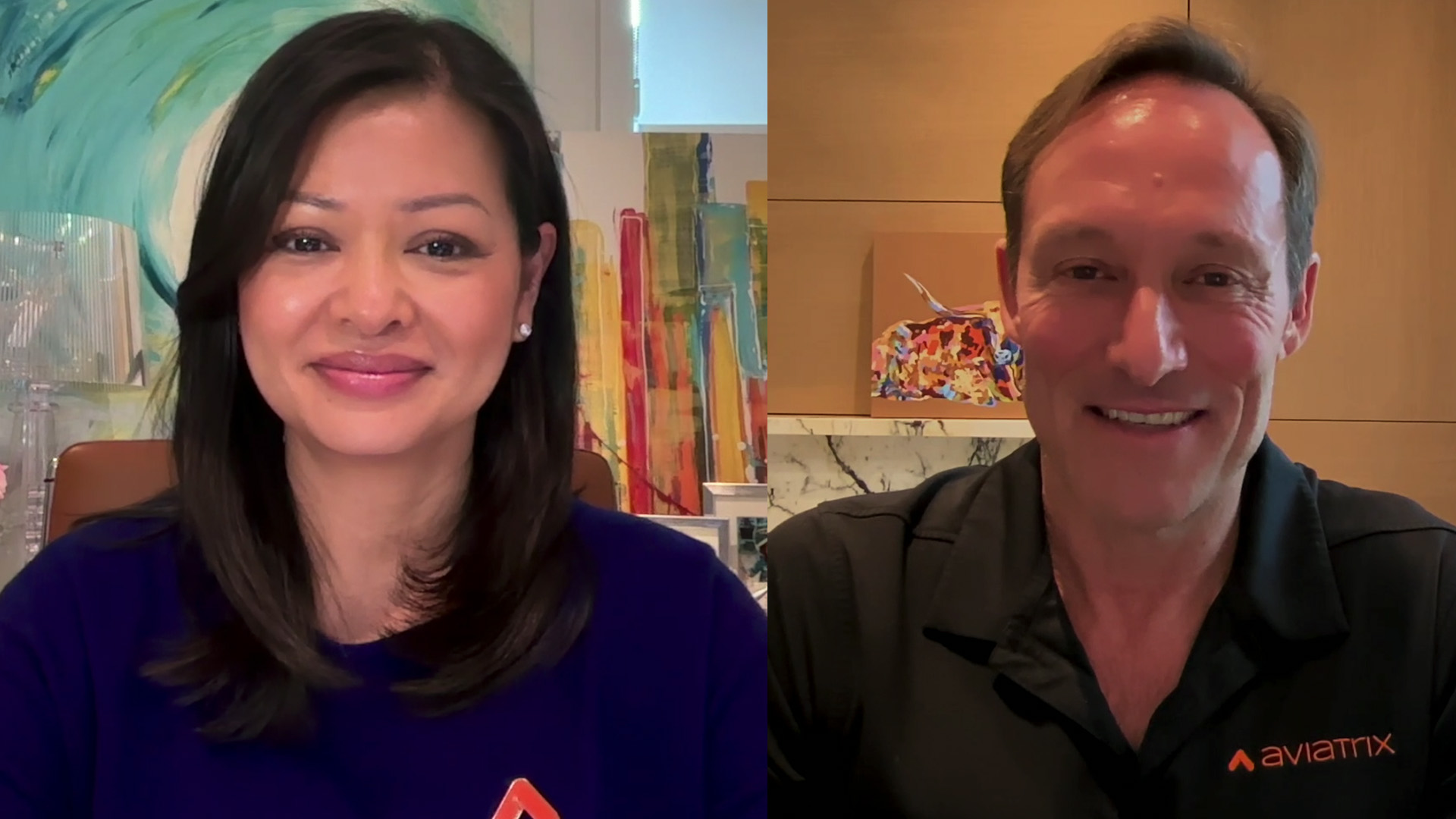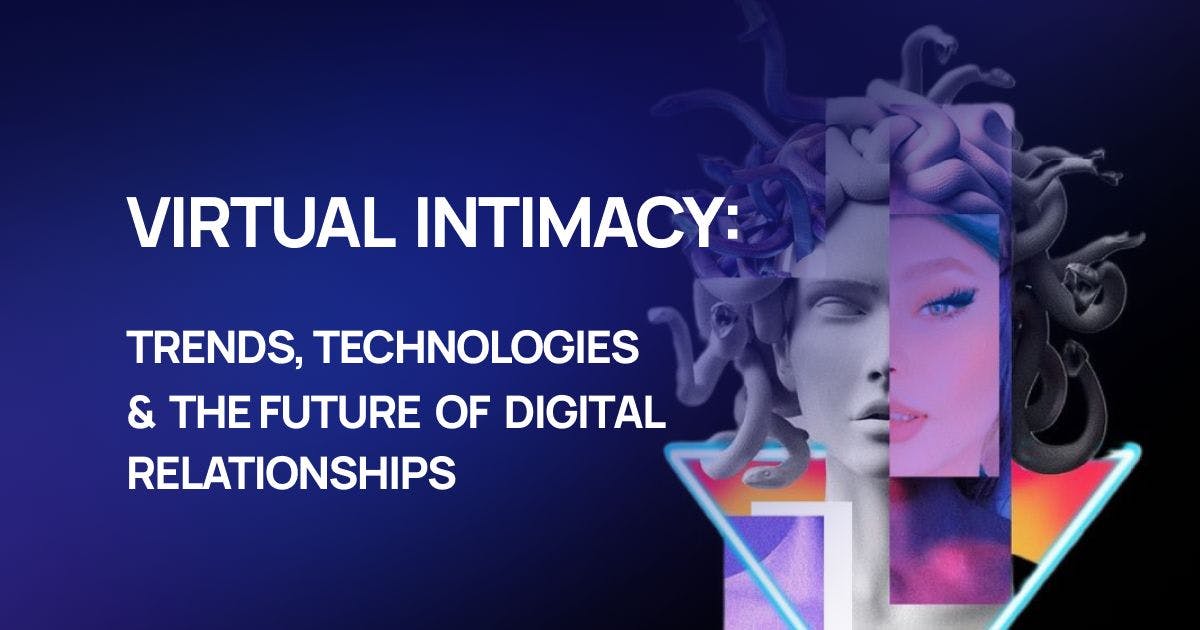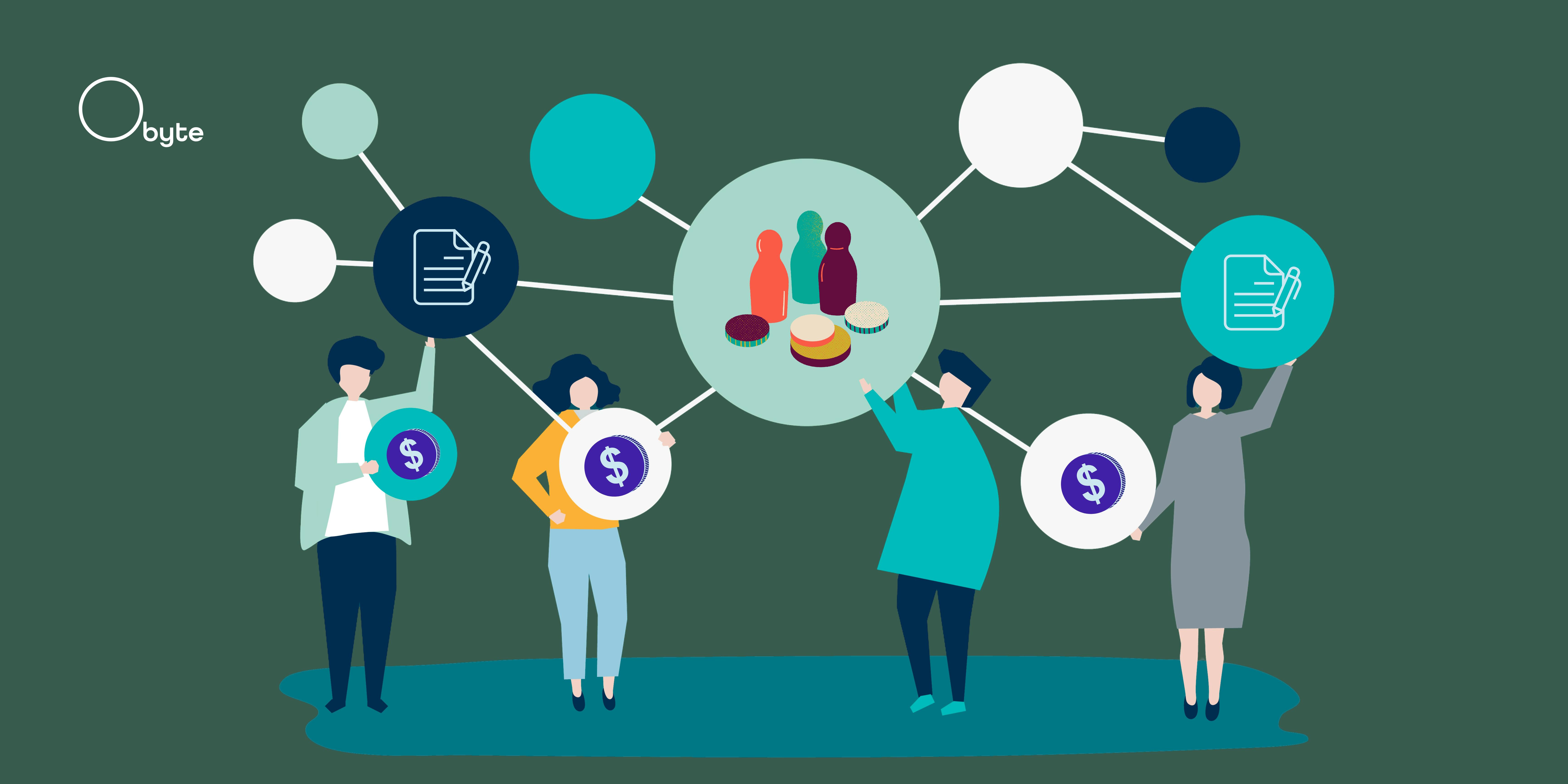My therapist and I uncovered something that had been right under our noses — my feelings of loneliness had been climbing ever since I transitioned to remote-working and nomad-traveling relying much of my human connections to online mediums.
Even after my nomad traveling came to an end, my online habits did not and I was left questioning why my feelings of isolation spiked at random times of the week even when I was physically surrounded by communities.
Loneliness is an unpleasant emotional response, often sadness, to perceived isolation. Although it overlaps with solitude, it is yet distinct- described as a social pain – it is often associated with a perceived lack of connection and intimacy. For me, loneliness feels like the being just a speck of dust in the universe—insignificant, invisible, and uncared for, no matter what I do.
The Loneliness Epidemic
The U.S surgeon general, Dr. Vivek Murthy, declared loneliness an epidemic in 2023. Loneliness is the deep emotional pain we feel when our need for meaningful connection isn’t met—and today, one in two adults is experiencing it.
With the surge in feelings of loneliness in our society, scholars were eager to research whether technology was to blame and found that technology can worsen loneliness when it’s used in unhealthy ways. And businesses started thinking of innovative ways to make progress in the new epidemic.
Thankfully, many studies showed that people who are socially connected and emotionally healthy can also spend a lot of time on tech—proving that just being online doesn’t automatically mean we’re destined to feel lonely. And businesses, while capitalistic by nature, did see create some innovative products that could potentially help soothe us.
So, let’s look at some unhealthy tech habits that can cause loneliness, along with companies using tech to help fight it.
Three Unhealthy Tech Habits That Worsen Loneliness
We will begin by exploring three unhealthy ways of using technology that have been shown to worsen loneliness:
1. Falling into the Trap Of Social Comparison
Social media is like a giant photo and video album that showcases the best (or just post-worthy) parts of people’s lives, often without any real context. “It’s hard to know who’s being real online, and it’s hard for people to be themselves online, and that is a recipe for loneliness,” the U.S Surgeon General, Dr. Murthy said in an interview.
Social media doesn’t always have a negative effect on your mental well-being, especially if you utilize it to find information or sheer entertainment. However, online and offline, people naturally compare themselves with others, a behavior that psychologists call social comparisons.
So when social media triggers your envy and instills a belief that you’re not as good-looking, fun or popular as the people whom you see online – it further detaches you from opportunities to form deep connections showcasing your authentic self – stirring a stronger sense of isolation and causing intense feelings of loneliness.
2. Relying Too Much on Texting
Numerous studies have shown that direct digital interactions, such as messaging, phone calls, and video calls, are linked to reduced feelings of loneliness. However, relying too heavily on text messaging might increase loneliness if genuine connections are lacking.
We’ve all felt a painful sting of anxiety and loneliness during the period of time our friend is taking all the time in the world to respond back to us. This happens because text messaging doesn’t provide us with the full context of our sender’s intentions or emotions. This lack of context is precisely why building genuine connections through text messaging is challenging, as it blurs the line between the illusion of connection and heightened feelings of loneliness.
3. Addicted To Streaming
An academic review of multiple studies concluded that adults who binged programs tended to experience depression, anxiety and, to some extent, loneliness. Streaming takes up a lot of time, and possibly time that can be allocated to going out and socializing.
Dr. Marc Potenza, a Yale professor and addiction expert who worked on the review, said that while the binge-watching studies focused on streaming apps like Netflix, it was important to note that other types of apps, including TikTok and Instagram’s Reels, encouraged a similar type of infinite viewing.
The Rise of the Loneliness Economy
While questions arise about the ethics of monetizing loneliness—going so far as to capitalize on grief with AI that mimics the speech and thought patterns of deceased individuals, as highlighted in the German documentary Eternal You—it would be overly cynical to assume that these efforts, though capitalistic, will have no impact on soothing loneliness.
The true intentions behind the companies listed below, which have strategized to address loneliness and perhaps even combat it, remain unclear.
But what I can say is that I’ve personally tried two of them, and they did succeed, at least temporarily, in relieving my loneliness.
Innovative Companies Tackling Loneliness
Anthropic
One of the A.I. tech giants seem to have found their differentiator in the human’s growing need for connection and emotional comfort. Claude A.I. was chosen as Tech Insider’s favorite A.I., due to its impressive level of what can be perceived as ‘emotional intelligence’.
When Anthropic first released their generative A.I. model, their competitive edge lied in Claude’s ability to read PDF files but competitors soon implemented that feature, so Claude decided to sprinkle a different kind of appeal.
Amanda Askell, a researcher and philosopher at Anthropic who is in charge of fine-tuning Claude’s character, told a reporter at the New York Times, “The analogy I use is a highly liked, respected traveler,” she said. ““What is the kind of person you can disagree with, but you come away thinking,
‘This is a good person’? These are the sort of traits we want Claude to have.”
Claude A.I. has seen a surge in popularity for its open-mindedness, curiosity and thoughtfulness with users testifying that they feel healthier, and better-supported in its presence.
Other than Claude A.I., many different A.I.s are targeting the 50% of the world’s population who report feelings of loneliness, but no A.I. character has received as much praise as Anthropic’s. When utilizing A.I. to cure immediate moments of loneliness, it’s also important for users and the parents of users stay cautious about potential blurred lines between fiction and reality remembering 13-year-old Sewell Setzer III’s decision to end his life after an artificial intelligence character seemingly encouraged him him to do so.
TimeLeft
TimeLeft is an app that matches you with strangers for dinner every Wednesday at 7 PM. The app is rapidly scaling to acquire users in most major cities worldwide. According to Crunchbase, the company, based in France, appears to have addressed previous flaws in dating apps—where people were only paired for dating—by introducing a structure that allows users to meet others in a more comfortable group setting, saving the time and resources typically required to meet a single person through a dating app.
User reviews for this app vary significantly, often influenced by the dynamics of the strangers randomly assigned for dinner. The app enables a direct messaging (DM) feature between participants who give each other positive reviews after the dinner—though this feature may inadvertently exacerbate feelings of rejection, potentially contributing to loneliness. Some users, however, have found ways around this. In groups where a friendly dynamic emerged naturally, participants intentionally bypassed the app’s feature by exchanging Instagram handles during the dinner. One reviewer noted that she has stayed in touch with the people she met that night through Instagram.
However, some reviewers noted that TimeLeft essentially functions as a group dating app, as the male-to-female ratio for each dinner is set at 1:1, and many participants appear to be seeking something romantic. Once again, the app’s effectiveness in fostering friendships seems to depend heavily on the specific mix of individuals assigned to each dinner.
Similar to TimeLeft, more straightforward gathering platforms like EventBrite and DesignMyNight, as well as communal living listing websites, have seen a rise in popularity among people wanting to stay connected during the loneliness epidemic.
Last week, Pinterest chief executive Bill Ready joined a growing movement of parents, educators and regulators calling for “phone-free schools”, despite the fact that his company’s product could benefit strongly from teenagers using phones all the time. The company has largely evaded the criticism other tech platforms have faced regarding youth safety, partly because its visual content typically focuses on lighthearted themes like architecture, fashion, and cooking.
This social media platform that reduces the likelihood of users engaging in social comparison recently also retooled its algorithm to prioritize content that people wanted to revisit rather than seeking to maximize how much time they spent looking at certain posts.
Studies proved that social media induced more positive feelings among students browsing posts from people who shared useful information online.
As Pinterest continues to focus on curating practical yet aesthetic content that that provides recipe or decor tips, and the display static images rather than videos that can be streamed infinitely — the platform might be the prototype for social media that avoids exacerbating loneliness—achieving this quietly, without overtly claiming to do so.
Why Some Companies Were Left Out From The List
Before loneliness was acknowledged as an epidemic, the big wave of dating apps came in 2015. While these apps, on paper, should have helped people who were feeling lonely by matching them with partners, The game-like nature of dating apps, which encouraged quick judgments and frequent rejections, only made people feel lonelier. Therefore, Tinder, Bumble and Coffee Meets Bagel will not be listed as companies using technology to fight loneliness.
Online therapy platforms like BetterHelp were not selected as examples of companies using technology to combat loneliness, although this is where I have been receiving benefits from my Telehealth program. While therapy can support individuals experiencing isolation, these platforms (and their affiliated therapists) have not redefined the cost structure of therapy, even with improved accessibility. As a result, online therapy remains a service that primarily benefits the privileged rather than serving a broader population. A JAMATherapy report found that therapy use has grown the most among younger people, those with higher education, and individuals in higher income brackets.
Taking Proactive Steps to Combat Loneliness
It’s important to recognize that technology designed to combat loneliness is still in its early stages. Rather than solely relying on these tools to address feelings of disconnection, we must take proactive measures ourselves. These include adjusting our social media settings, such as using Instagram’s “favorites” feature to prioritize the accounts most meaningful to us, or opting for voice messages, (calls or video calls are better, of course) where the tone and emotion of our words can resonate more deeply than in acronym-filled texts.
I hope you enjoyed this article! Shoutout to Brian X. Chen’s editorial, How Tech Created a ‘Recipe for Loneliness, published in The New York Times on November 10, 2024 which I took inspiration from for the first section, Unhealthy Habits, for this piece.
If you’re interested in exploring more about how technology shapes our lives, subscribe to my newsletter for the latest insights delivered straight to your inbox!












